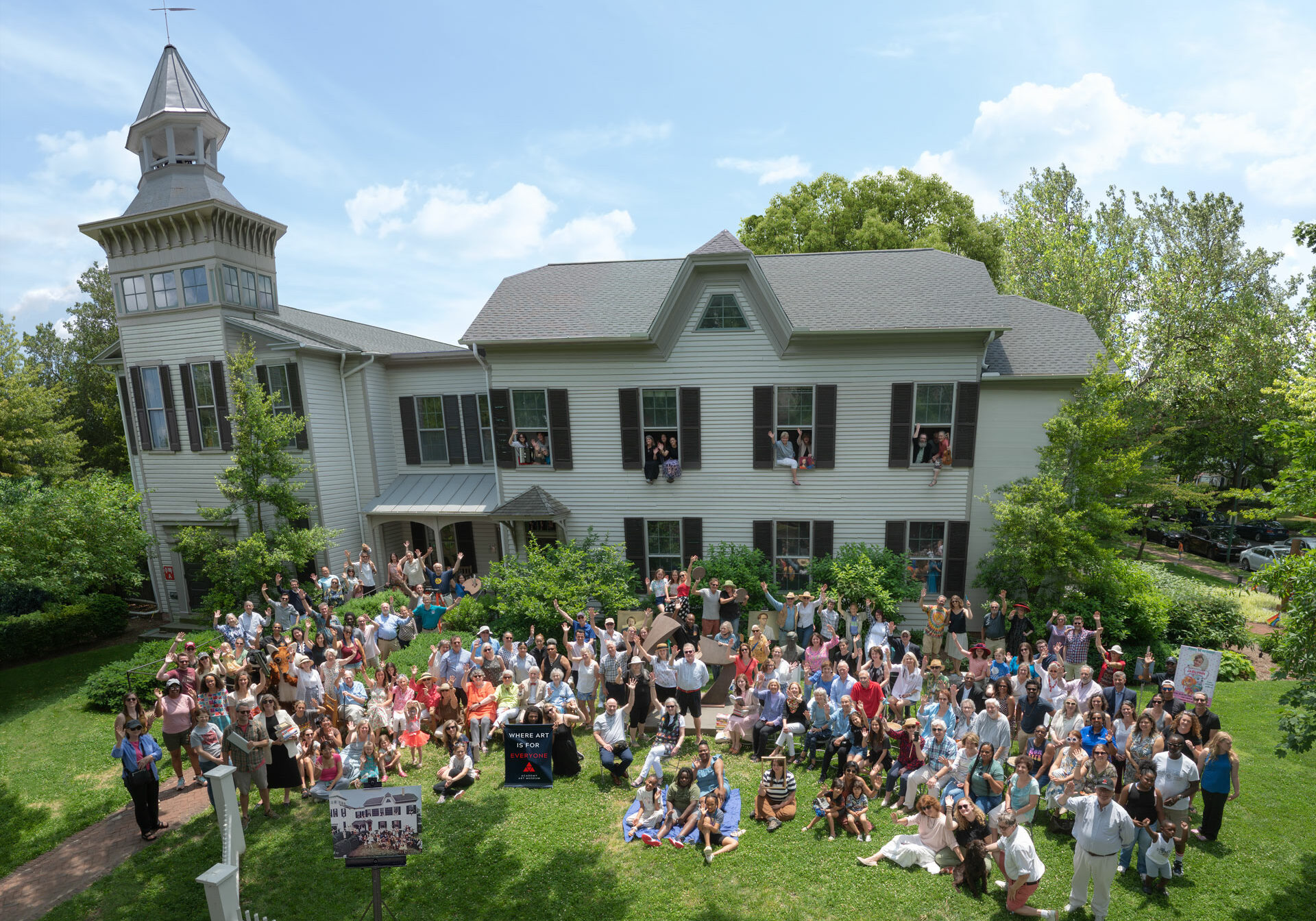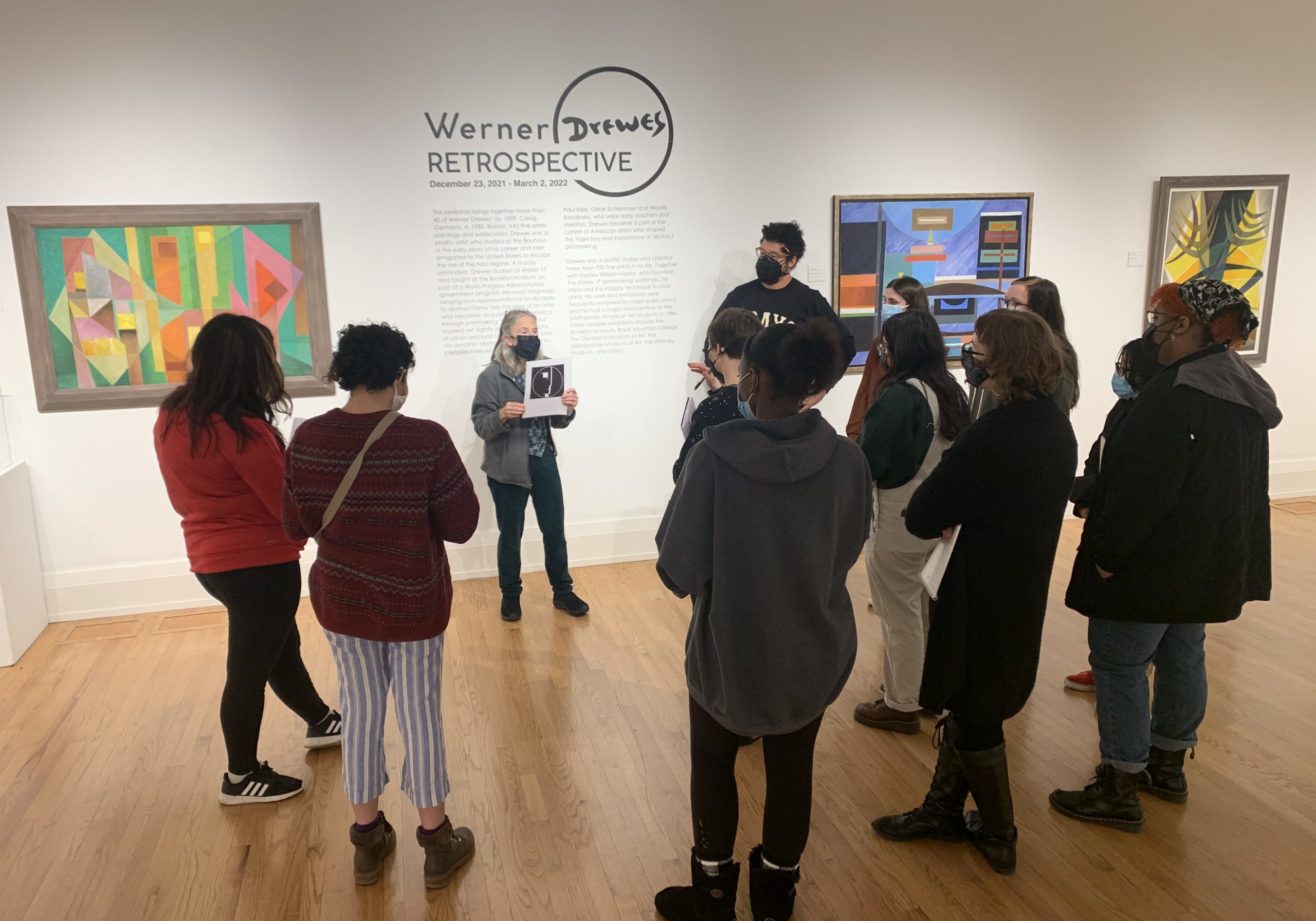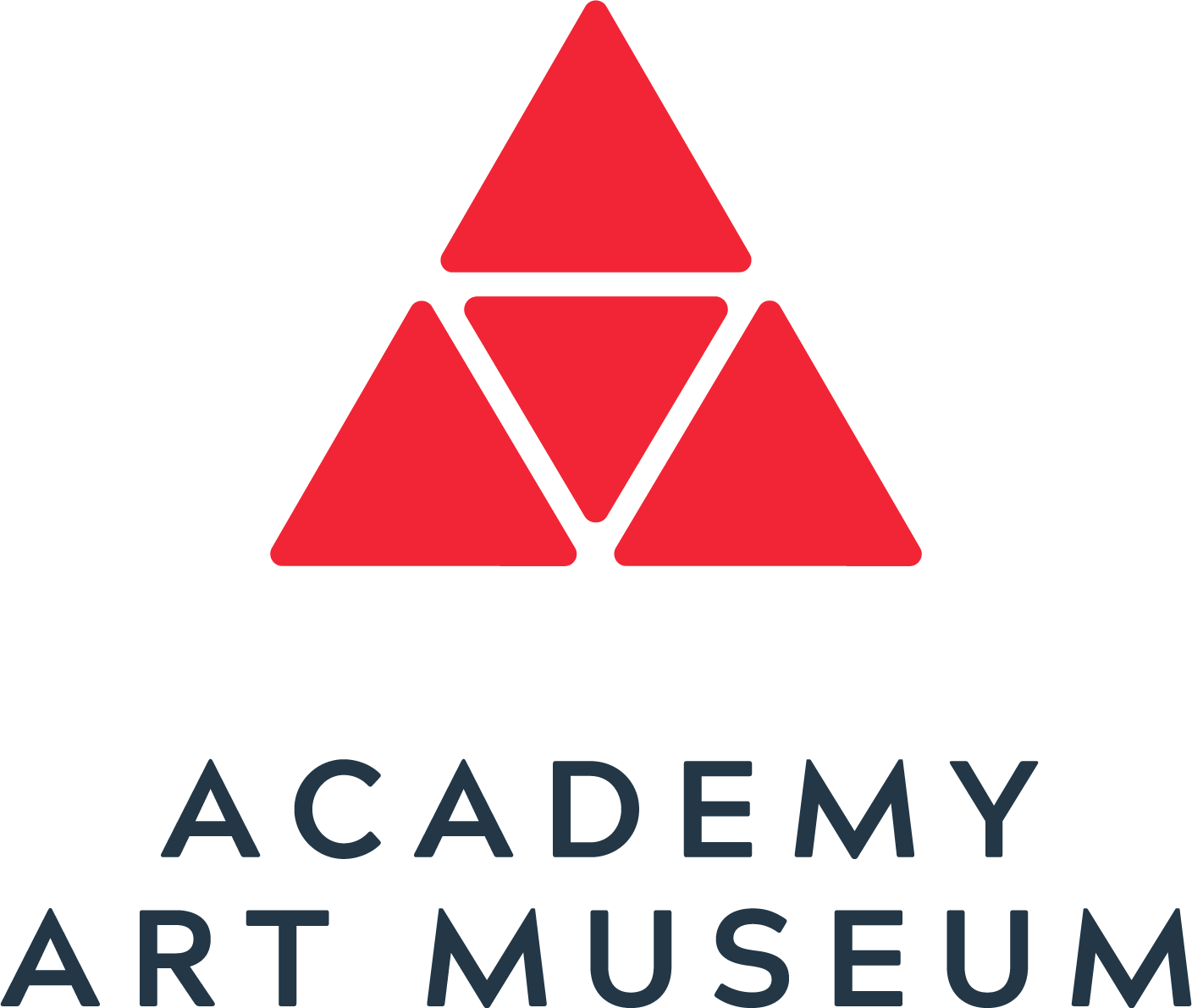Our History


The South Street building that houses the Academy Art Museum (AAM) is one of Easton’s historic landmarks. In 1820, the original building comprising what is now the Museum’s Healy Gallery was home to the first chartered school in Easton. By 1853, the building had expanded to include what is now the Museum’s Lederer Gallery and by 1866 it had become the High School of Talbot County, later renamed the Male School of Easton and subsequently the Female School of Easton. By the 1880s, the school was known as the Easton Primary and Grammar School. It was sold in 1933 and became first a funeral home and later an antique store.


The Academy Art Museum was originally founded as the Academy of the Arts in 1958 by Eastern Shore residents who desired to create a place dedicated to the knowledge, practice and appreciation of the arts. The group was led by renowned architectural sculptor Lee Lawry. The Academy moved to its current address in 1960. Many additions and improvements were made to the building over the years as the Museum’s membership grew. In the mid-1980s, the Museum purchased the Thomas-Hardcastle house next door. In 1989-1990, after considerable renovation and restoration, the house was joined to the Museum’s original building through a two-story glass atrium, adding 10,000 square feet for administrative offices and classrooms. In 2003, the organization was accredited by the American Alliance of Museums and changed its name to the Academy Art Museum.



In 2005, the Museum added a new wing for a Performing Arts Auditorium. At the same time, an extensive reconstruction of the Thomas-Hardcastle house provided space for two galleries, a library, a music studio and renovated administrative offices.
In 2020, after a $5+ million capital campaign, the Museum opened its new contemporary entrance. A freshly landscaped pathway now leads visitors from the cultural corridor of South Harrison Street into the Museum’s Mary Lou McAllister Courtyard. The new modern glass A. James and Alice B. Clark Entrance designed by Baltimore, Maryland architects Ziger|Snead, leads into the Saul Atrium. In 2023, the Museum changed the name it its Drawing Studio to the McCoy Studio in honor of Catherine McCoy, benefactor of the Museum.
Our mission is to promote the knowledge, practice, and appreciation of the arts and to enhance cultural life on the Eastern Shore by making the Museum's expanding collection, exhibitions, and broad spectrum of arts programs available to everyone.
Today, the Museum is the cultural hub of the Eastern Shore for art, music, and educational programming.



